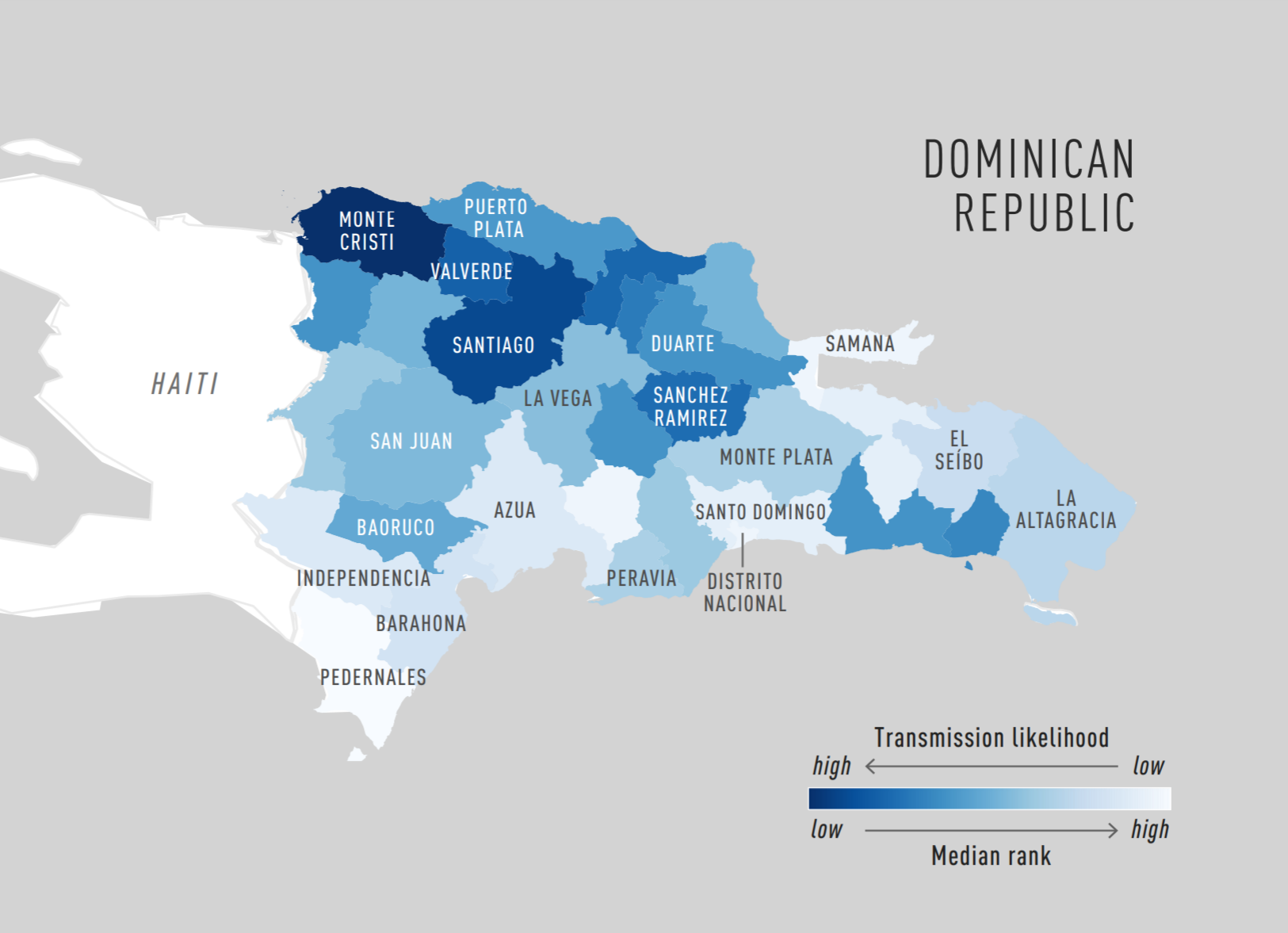Preliminary results of models to predict areas in the Americas with increased likelihood of Zika virus transmission in 2017
Asher, J., Barker, C., Chen, G., Cummings, D., __Chinazzi, M.__, Daniel-Wayman, S., Fischer, M., Ferguson, N., Follman, D., Halloran, M.E., Johansson, M., Kugeler, K., Kwan, J., Lessler, J., Longini, I.M., Merler, S., Monaghan, A., Pastore y Piontti, A., Perkins, A., Prevots, D.R., Reiner, R., Rossi, L., Rodriguez-Barraquer, I., Siraj, A.S., Sun, K., Vespignani, A., Zhang, Q., & ZIKAVAT Collaboration. (2017). bioRxiv 187591 https://www.biorxiv.org/content/10.1101/187591v2

Abstract
Numerous Zika virus vaccines are being developed. However, identifying sites to evaluate the efficacy of a Zika virus vaccine is challenging due to the general decrease in Zika virus activity. We compare results from three different modeling approaches to estimate areas that may have increased relative risk of Zika virus transmission during 2017. The analysis focused on eight priority countries (i.e., Brazil, Colombia, Costa Rica, Dominican Republic, Ecuador, Mexico, Panama, and Peru). The models projected low incidence rates during 2017 for all locations in the priority countries but identified several subnational areas that may have increased relative risk of Zika virus transmission in 2017. Given the projected low incidence of disease, the total number of participants, number of study sites, or duration of study follow-up may need to be increased to meet the efficacy study endpoints.
Recommended citation: Asher, J., Barker, C., Chen, G., Cummings, D., Chinazzi, M., Daniel-Wayman, S., Fischer, M., Ferguson, N., Follman, D., Halloran, M.E., Johansson, M., Kugeler, K., Kwan, J., Lessler, J., Longini, I.M., Merler, S., Monaghan, A., Pastore y Piontti, A., Perkins, A., Prevots, D.R., Reiner, R., Rossi, L., Rodriguez-Barraquer, I., Siraj, A.S., Sun, K., Vespignani, A., Zhang, Q., & ZIKAVAT Collaboration. (2017). "Preliminary results of models to predict areas in the Americas with increased likelihood of Zika virus transmission in 2017". bioRxiv 187591.
